Our Development shed
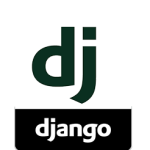
Django is a high-level Python Web framework that encourages rapid development and clean, pragmatic design. It takes care of much of the hassle of Web development, so you can focus on writing your app without needing to reinvent the wheel. Django follows the model-view-template (MVT) architectural pattern because the controller is handled by the framework itself and most of the excitement happens in models, templates and views.

Laravel is a web application framework with expressive, elegant syntax. Laravel is a free, open-source PHP web framework, created by Taylor Otwell and intended for the development of web apps following the model–view–controller (MVC) architectural pattern. Laravel attempts to take the pain out of development by easing common tasks used in the majority of web projects, such as authentication, routing, sessions, and caching.

CodeIgniter is loosely based on the popular model–view–controller (MVC) development pattern. While controller classes are a necessary part of development under CodeIgniter, models and views are optional. Codeigniter can be also modified to use Hierarchical Model View Controller (HMVC) which allows developers to maintain modular grouping of Controller, Models and View arranged in a sub-directory format.
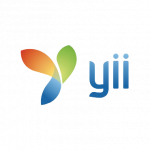
Yii is a generic Web programming framework, meaning that it can be used for developing all kinds of Web applications using PHP. Because of its component-based architecture and sophisticated caching support, it is especially suitable for developing large-scale applications such as portals, forums, content management systems (CMS), e-commerce projects, RESTful Web services, and so on.
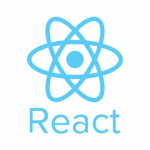
React is a front-end library developed by Facebook. It is used for handling the view layer for web and mobile apps. ReactJS allows us to create reusable UI components. It is currently one of the most popular JavaScript libraries and has a strong foundation and large community behind it. If you want to work with ReactJS, you need to have solid knowledge of JavaScript, HTML5, and CSS. Even though ReactJS doesn’t use HTML, the JSX is similar so your HTML knowledge will be very helpful.
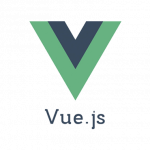
Vue.js is an open-source JavaScript framework for building user interfaces. Integration into projects that use other JavaScript libraries is simplified with Vue because it is designed to be incrementally adoptable. Vue can also function as a web application framework capable of powering advanced single-page applications. The core library focuses on declarative rendering and component composition and can be embedded into existing pages.
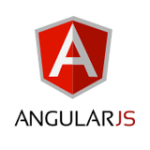
AngularJS is a structural framework for dynamic web apps. It lets you use HTML as your template language and lets you extend HTML’s syntax to express your application’s components clearly and succinctly. AngularJS is not a single piece in the overall puzzle of building the client-side of a web application. It handles all of the DOM and AJAX glue code you once wrote by hand and puts it in a well-defined structure. This makes AngularJS opinionated about how a CRUD (Create, Read, Update, Delete) application should be built. But while it is opinionated, it also tries to make sure that its opinion is just a starting point you can easily change.
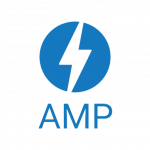
AMP is an open-source initiative aiming to make the web better for all. The project enables the creation of websites and ads that are consistently fast, beautiful and high-performing across devices and distribution platforms. AMP builds on your existing skill sets and frameworks to create web pages. AMP is supported by many different platforms, and it’s compatible across browsers. AMP’s ecosystem includes 25 million domains, 100+ technology providers, and leading platforms, that span the areas of publishing, advertising, e-commerce, local and small businesses.
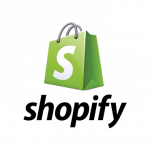
Shopify is “all in one” ecommerce platform which allows you to build an online store with a great user experience. Shopify is the most popular choice among the customers to set up their online store. It offers tons of valuable extensions, and it’s ace in the sleeve – simplicity of interaction. Shopify is an incredibly reliable platform, and that’s why they take considerably high fees for their services. That’s why if you’re running your business on a budget – maybe you should take a look at some other viable options as well.
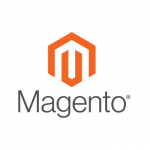
Magento is an e-commerce platform written in PHP, available under both open-source and commercial licenses. It is written in an advanced object-oriented idiom that uses the MVC pattern and XML configuration files, aiming for flexibility and extensibility. Magento provides online merchants with a flexible shopping cart system, as well as control over the look, content and functionality of their online store. Magento offers powerful marketing, search engine optimization (SEO), and catalog-management tools. Magento is owned by eBay Inc.

WordPress is an online, open source website creation tool written in PHP and MySQL. It’s probably the easiest and most powerful blogging and website content management system (CMS) in existence today. WordPress Features include a plugin architecture and a template system. It is most associated with blogging, but supports other types of web content including more traditional mailing lists and forums, media galleries, and online stores. WordPress is the most popular website management system in use. Also, WordPress websites are SEO friendly, readily responsive, and have powerful media management.
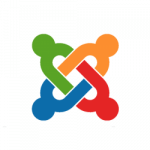
Joomla! is an award-winning content management system (CMS), which enables you to build web sites and powerful online applications. It is a free and open-source framework for publishing web content, developed by Open Source Matters, Inc. It is built on a MVC web application framework that can be used independently of the CMS. Joomla! is written in PHP, using OOP techniques and software design patterns, stores data in a MySQL, MS SQL, or PostgreSQL database. Many aspects, including its ease-of-use and extensibility, have made Joomla! the most popular Web framework available.
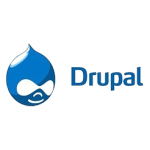
Drupal, a free and open source content-management framework written in PHP and distributed under the GNU (General Public License), provides a back-end framework for websites worldwide – ranging from personal blogs to corporate, political, and government sites. The disconnect is that Drupal is not a Content Management System (CMS), it is a Content Management Framework (CMF), from which you can build a CMS tailored specifically for your needs. It can be used by individuals or groups of users — even those lacking technical skills — to easily create and manage different types of websites.
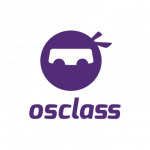
Osclass is a CMS (Content Management System) aimed at the creation of classified ads sites or ‘marketplaces’. The script, developed in PHP and Mysql, has the Apache 2.0 license , so it is open source and anyone can modify it. The project was born in Barcelona, Spain, in 2011, where it is still being developed. Currently the script is in version 3.7. Like Wordpress , Osclass has a system of plugins and themes that allow, in an easy way, to change the appearance of the website or add features to its basic core.
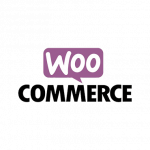
WooCommerce is an open source e-commerce plugin for WordPress. It is designed for small to large-sized online merchants using WordPress. WooCommerce is used by a number of high-traffic websites. Trends indicated that WooCommerce ran on 30% of e-commerce sites and millions of active installs. It is the most customizable Ecommerce platform for building the online business. It is currently active on more than three million websites and is the most popular eCommerce platform in 2018.
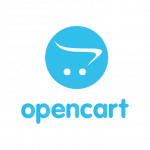
OpenCart is an online store management system. It is PHP-based, using a MySQL database and HTML components. Support is provided for different languages and currencies. It is freely available under the GNU General Public License. The OpenCart marketplace features 13000+ modules and themes to jump-start, grow and expand your business. You can find beautiful themes for just about any sector, service integrations, payment providers, shipping methods, social media, marketing, accounting, reporting, sales as well as language packs.
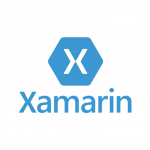
Xamarin makes it possible to do native Android. Xamarine shares a C# code-base, engineers can utilize Xamarin devices to compose local Android, iOS, and Windows applications with local UIs and offer code over different stages, including Windows and macOS. Xamarin Test Cloud utilizes question based UI testing to reenact genuine client collaborations. Xamarin for Visual Studio likewise includes expansions inside Microsoft Visual Studio that offer help for the building, sending, and investigating of applications on a test system or a device.
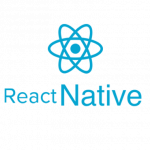
React Native lets you build mobile apps using only JavaScript. It uses the same design as ReactJS, letting you compose a rich mobile UI from declarative components. With React Native, you don’t build a “mobile web app”, an “HTML5 app”, or a “hybrid app”. You build a real mobile app that’s indistinguishable from an app built using Objective-C or Java. React Native uses the same fundamental UI building blocks as regular iOS and Android apps.
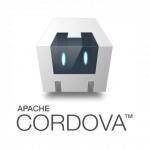
Apache Cordova is a mobile application development framework. Apache Cordova enables software programmers to build applications for mobile devices using CSS3, HTML5, and JavaScript instead of relying on platform-specific APIs like those in Android, iOS, or Windows Phone. It enables wrapping up of CSS, HTML, and JavaScript code depending upon the platform of the device.

PhoneGap is a mobile application development framework originally created by Nitobi. Build amazing mobile apps powered by open web tech. You can reuse existing web technologies to quickly make hybrid applications. We can create multiple experiences for different platforms with a single code-base so you can reach your audience no matter which device they are using. PhoneGap build takes the pain out of compiling app-store ready apps without the headache of maintaining native SDKs.
Telephone No.+92 42 35912566
